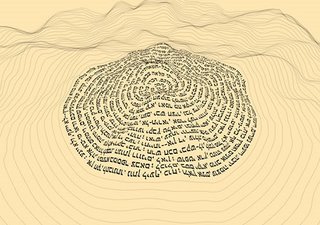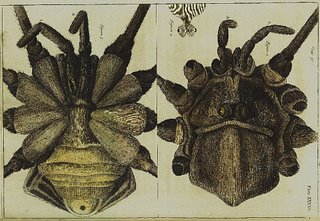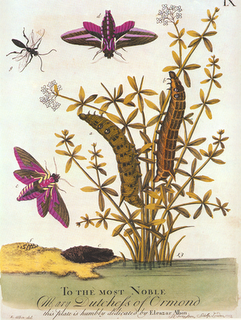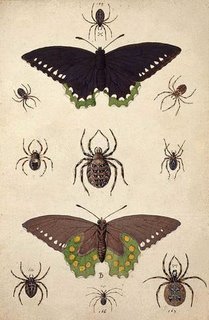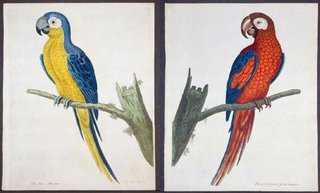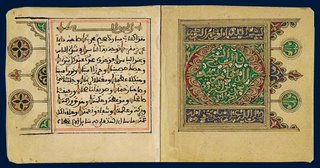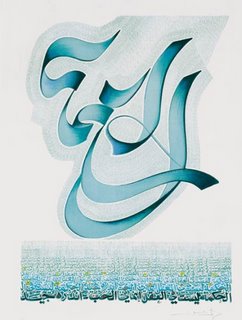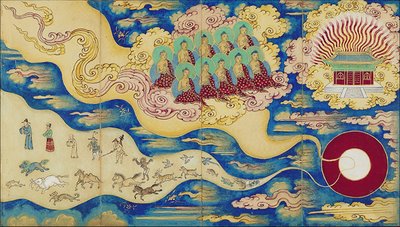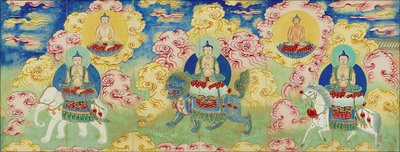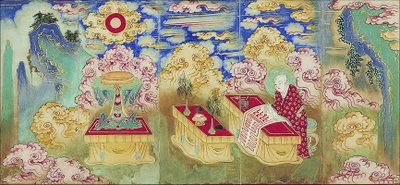 A whole batch of the iconic antiestablishment and humorous late 1960s OZ magazines from the UK by way of an Australian duo et al who ended up in Court on obscenity charges (the protagonists appeared during the case wearing schoolgirl uniforms). It's an ongoing project and they have large images available. via Bruce Eisner [via]
A whole batch of the iconic antiestablishment and humorous late 1960s OZ magazines from the UK by way of an Australian duo et al who ended up in Court on obscenity charges (the protagonists appeared during the case wearing schoolgirl uniforms). It's an ongoing project and they have large images available. via Bruce Eisner [via]
 The only decent illustration I could find in the first book printed in Malta -
The only decent illustration I could find in the first book printed in Malta -Della Descritione di Malta Isola del Mare Siciliano in 1647 (p.137) at the Vivarium.


 The above 3 images come from the Jane Johnson archive at Indiana University. During the mid-18th century Johnson prepared books, ABC flashcards, poems, handcoloured collages and other ephemera to home-school her son. It's really worth a wander through this archive for the language and snippets of social attitude that surface beyond the mere cute. via The Scout Report.
The above 3 images come from the Jane Johnson archive at Indiana University. During the mid-18th century Johnson prepared books, ABC flashcards, poems, handcoloured collages and other ephemera to home-school her son. It's really worth a wander through this archive for the language and snippets of social attitude that surface beyond the mere cute. via The Scout Report.
 While unsuccessfully searching for the origin of the image above (which I may have posted before) I came across the lithograph underneath at ebay of spiders and crabs from Lorenz Oken’s 1843 book, Naturgeschichte für alle Stände.
While unsuccessfully searching for the origin of the image above (which I may have posted before) I came across the lithograph underneath at ebay of spiders and crabs from Lorenz Oken’s 1843 book, Naturgeschichte für alle Stände.Getting an empty desktop (kind of) goes in cycles. Click for larger versions.
